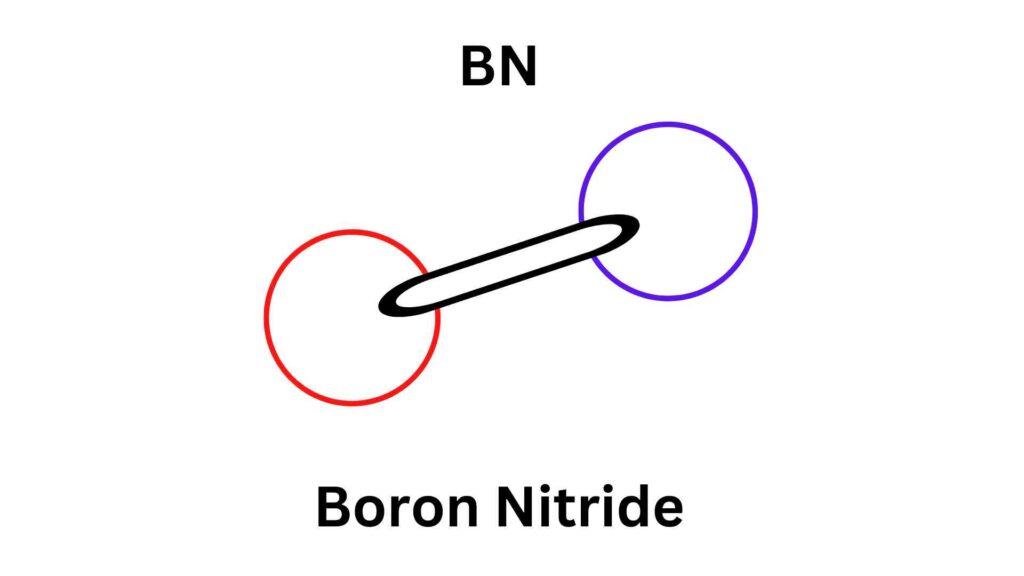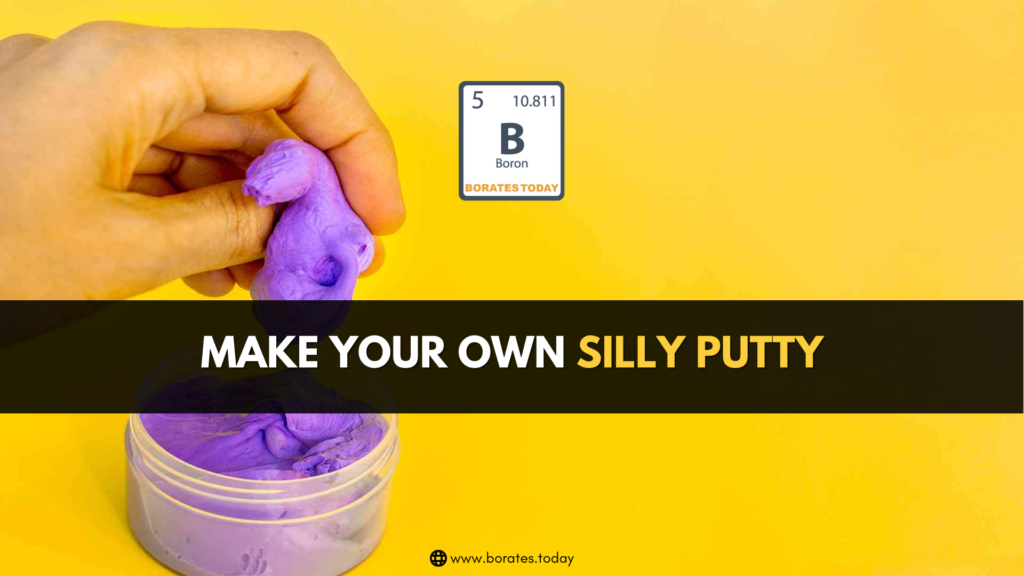Introducing Boric Acid
Boric acid, also known as boracic acid or orthoboric acid, is a naturally occurring compound containing the elements boron, oxygen, and hydrogen (H3BO3). Boric acid crystals are white, odorless, and nearly tasteless. It looks like fine table salt in the granular form or like baby powder in the powdered form.
Borates, the general term associated with boron containing minerals such as borax and boric acid, most commonly originate in dried salt lakebeds of deserts or arid areas (such as Death Valley, CA, Turkey, and China) or other geographic regions that expose similar deposits (such as the Andes Mountains in South America).

Boric Acid
Origin
Boric acid crystals were first man-made in 1702 by Wilhelm Homberg who mixed borax and mineral acids with water. The evaporating water left crystals of boric acid and was often called “Homberg’s salt.” European researchers soon discovered the compound’s properties as a mild antiseptic and eyewash.
James Wright, a General Electric engineer searching for rubber substitutes during WWII, came upon a remarkable new material by mixing silicone oil with boric acid. The new compound had unique properties, acting very much like rubber. It could be stretched too many times its length without breaking and bounced 25% higher than a normal rubber ball. It could even pick up the images of most printed material. In 1949 the material was given the name Silly Putty® and it sold faster than any other toy at that time.
Boric acid and its sodium borate salts are pesticides that we can find in nature and many products. Borax is one of the most common products. Boric acid and its sodium salts each combine boron with other elements in a different way. In general, their toxicities depend on the amount of boron they contain.
Boric acid and its sodium salts can be used to control a wide variety of pests. These include insects, spiders, mites, algae, molds, fungi, and weeds. Products that contain boric acid have been registered for use in the United States since 1948.
How Does Boric Acid Function?
Boric acid can kill insects if they eat it. It disrupts their stomach and can affect their nervous system. It can also scratch and damage the exterior of insects. Boric acid and borax, a sodium borate salt, can kill plants by causing them to dry out. Sodium metaborate, another sodium borate salt, stops plants from producing the energy they need from light. Boric acid can also stop the growth of fungi, such as mold. It prevents them from reproducing.
Boric Acid in the Environment
Boric acid naturally occurs in the environment. It can be found in soil, water, and plants. Boric acid dissolves in water and can move with water through the soil. Under certain soil conditions, it can reach ground water. However, its mobility in soil depends on pH and the presence of some metals. Boric acid can also be taken up from the soil by plants. It moves through plants into their leaves. Once there, it generally becomes stuck and does not move into the fruit. Plants need boron, a major component of boric acid, to grow. However, too much boron can be toxic to plants affecting their growth. Citrus, stone fruits, and nut trees are most sensitive to boron.
Boric acid does not emit vapors into the atmosphere. Particles that get into the air do not break down. They settle to the ground or are removed by rain.
Applications of Boric Acid
Pharmaceuticals and Cosmetics: boric acid is a mild antiseptic as well as a mild acid that inhibits the growth of microorganisms on the external surfaces of the body. It is commonly used in contact lens solutions, eye disinfectants, vaginal remedies, baby powder, anti-aging preparations, and similar external applications.
Nutritional Supplements: boric acid and other borates are increasingly being used in over-the-counter nutritional supplements as a source of boron. It is thought that boron has a potential therapeutic value in promoting bone and joint health as well as having a limiting effect on arthritis symptoms.
It is important to note that the health effects of boric acid and boron-based supplements are based on very new studies and/or are based solely on the claims of the manufacturers of the supplements. It should not be implied that boric acid should be directly ingested as a supplement or for any other reason.
Flame Retardants: boric acid inhibits the release of combustible gases from burning cellulosic materials, such as cotton, wood, and paper-based products. Boric acid also releases chemically bonded water to further reduce combustion. A carbon char is formed that further inhibits combustion.
Futons, mattresses, upholstered furniture, insulation, and gypsum board are common consumer items that use boric acid as a flame retardant. Plastics, textiles, specialty coatings, and other industrial products also contain boric acid to strengthen their ability to withstand exposure to flames.
Glass and Fiberglass: heat resistant, borosilicate, and other specialty glasses rely on boric acid and other similar borates to increase the chemical and temperature resistance of the glass.
Halogen light bulbs, ovenware, microwavable glassware, laboratory glassware, and many everyday glass items are enhanced by the addition of boric acid. Boric acid also aids in the fiberization process of fiberglass, which is used in fiberglass insulation as well as in textile fiberglass (a fabric-like material commonly used in skis, circuit boards, and other similar applications).
Wood Preservatives and Pest Control: boric acid is a common source of boron compounds when used in the formulation of products that control fungus and insects. Fungi are plants that contain no chlorophyll and must have an outside source of food (such as wood cellulose).
Boron compounds inhibit the growth of fungus and have been demonstrated to be a reliable wood preservative. Similarly, boric acid is used in swimming pools and spas as a safer and “softer feeling” substitute for chlorine. Boric acid, borax, and other salts are commonly used to soften pool water and prevent contamination.
Boric acid is a natural and increasingly popular insect control product. Unlike hornet or ant sprays, boric acid does not kill bugs on contact using highly toxic chemicals. Rather, it acts as a desiccant that dehydrates many insects by causing tiny cracks or fissures in their exoskeletons. This eventually dries them out. The “saltiness” of boric acid also interferes with their very simple electrolytic metabolism.





